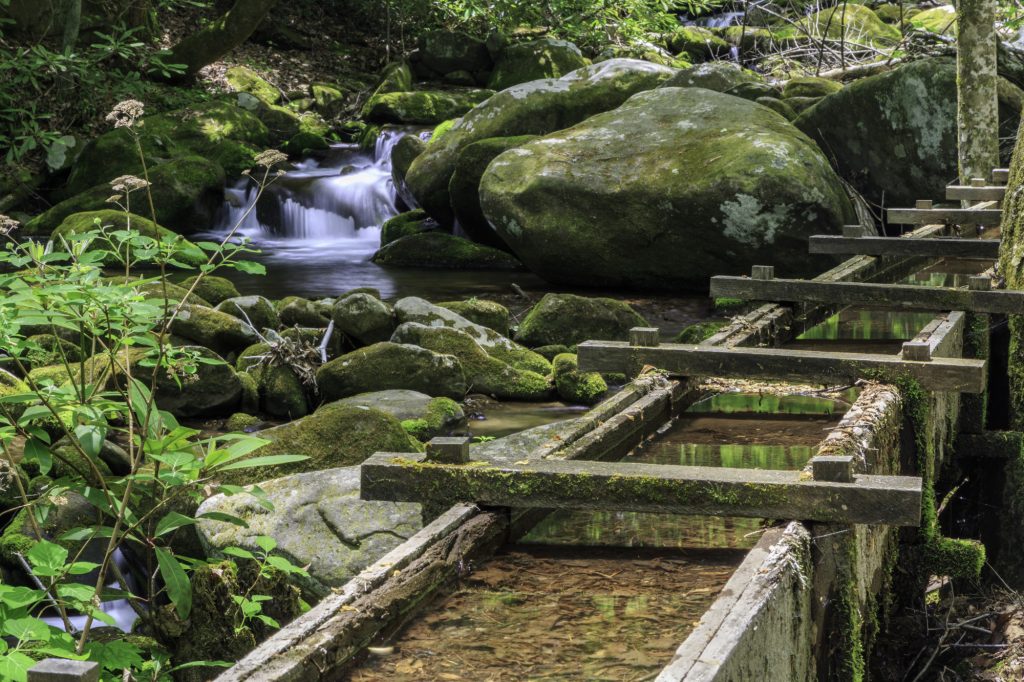What Are the Different Types of Flumes?
In water management, we’re often made to think about things the rest of the world never has to think about – and we’re not tasked with solving easy problems.
One part of water management that can be hard to maneuver is figuring out the types of flumes, their uses, and which one is right for a given water project.
If you’re struggling to figure our which flume is right for your next project, read this comprehensive guide on the different types of flumes you should consider for your next project.
Flumes: A Breakdown
You might be asking: what are flumes? Flumes are narrow, man-made channels used for measuring water and transporting big objects such as timber.
One of the oldest forms of water-based technology, flumes are still used frequently today.
Varying size, shape, and structure of a waterway determine the uses of flumes and which type of flume should be used for the waterway.
While flumes are made out of a range of different materials, Fiberglass Flumes are most commonly used because of their versatility.
Different Types of Flumes
What are the types of flumes? Here are three main kinds of flumes:
Parshall Flume
The most commonly used flume is the Parshall flume, which follows the regulations of the U.S. Department of the Interior, the Bureau of Reclamation, and the Water Measurement Manual.
Parshall flumes change levels from the beginning to the exit of the structure in order to guide water in one direction. The structure is not fully submerged, so it sits above the height of the terrain.
Parshall flumes are self-cleaning in most cases and also meter water flow with a simple flow calibration.
Cutthroat Flume
The cutthroat flume is similar to the Parshall flume, but it has a flat bottom and no extended “throat” – the narrow, middle section of the structure. They are also simpler than the Parshall flume, which requires a level-change to operate.
Cutthroat flumes aid in flow splitting and stream gauging, and they can operate under a submerged flow, unlike other flumes.
Venturi Flumes
Venturi flumes are also similar to Parshall flumes, but they are typically more complex structurally.
There are two types of Venturi flumes: submerged and free flow. The distinction refers to the water levels produced due to the placement of the flumes.
Submerged Venturi Flume
The submerged Venturi Flume can operate with the water downstream of the flume at the same level as the beginning of the flume. Because of this, the water flows backward since the water is at the same level and cannot exit the flume quick enough to have a constant stream.
Free Flow Venturi Flume
The free flow Venturi flume is used when there is not enough back flow leading into a certain area. This type of flume creates a hydraulic jump, or standing wave, at the exit of the flume.
The main advantage of using this type of flume is that it only requires measurement at the top of the structure to calculate the overall water flow, making it easier to predict the success of the flume.
Choosing the Right Flume for You
Knowing how many flumes are available, their benefits, and their drawbacks will help you make the right decision on the types of flumes you’re looking for.
Now that you know more about flumes, go out today and start your next water management project with confidence.




